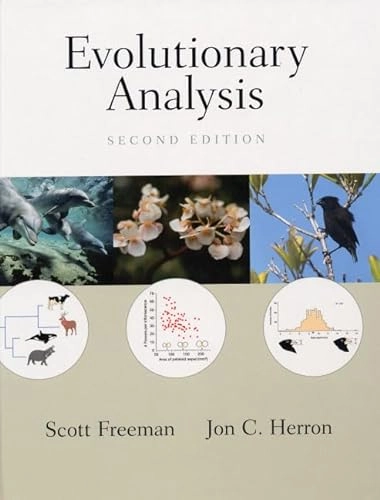Designed to help readers learn how to "think" like evolutionary biologists, this 4-color book approaches evolutionary biology as a dynamic field of inquiry and as a "process." Using a theme-based approach, it illustrates the interplay between theory, observation, testing and interpretation. It offers commentary on strengths and weaknesses of data sets, gives detailed examples rather than a broad synoptic approach, includes many data graphics and boxes regarding both sides of controversies. Introduces each major organizing theme in evolution through a question--e.g., How has HIV become drug resistant? Why did the dinosaurs, after dominating the land vertebrates for 150 million years, suddenly go extinct? Are humans more closely related to gorillas or to chimpanzees? Focuses on many applied, reader-relevant topics--e.g., evolution and human health, the evolution of senescence, sexual selection, social behavior, eugenics, and biodiversity and conservation. Then develops the strategies that evolutionary biologists use for finding an answers to such questions. Then considers the observations and experiments that test the predictions made by competing hypotheses, and discusses how the data are interpreted. For anyone interested in human evolution, including those working in human and animal health care, environmental management and conservation, primary and secondary education, science journalism, and biological and medical research.
Åtkomstkoder och digitalt tilläggsmaterial garanteras inte med begagnade böcker





















